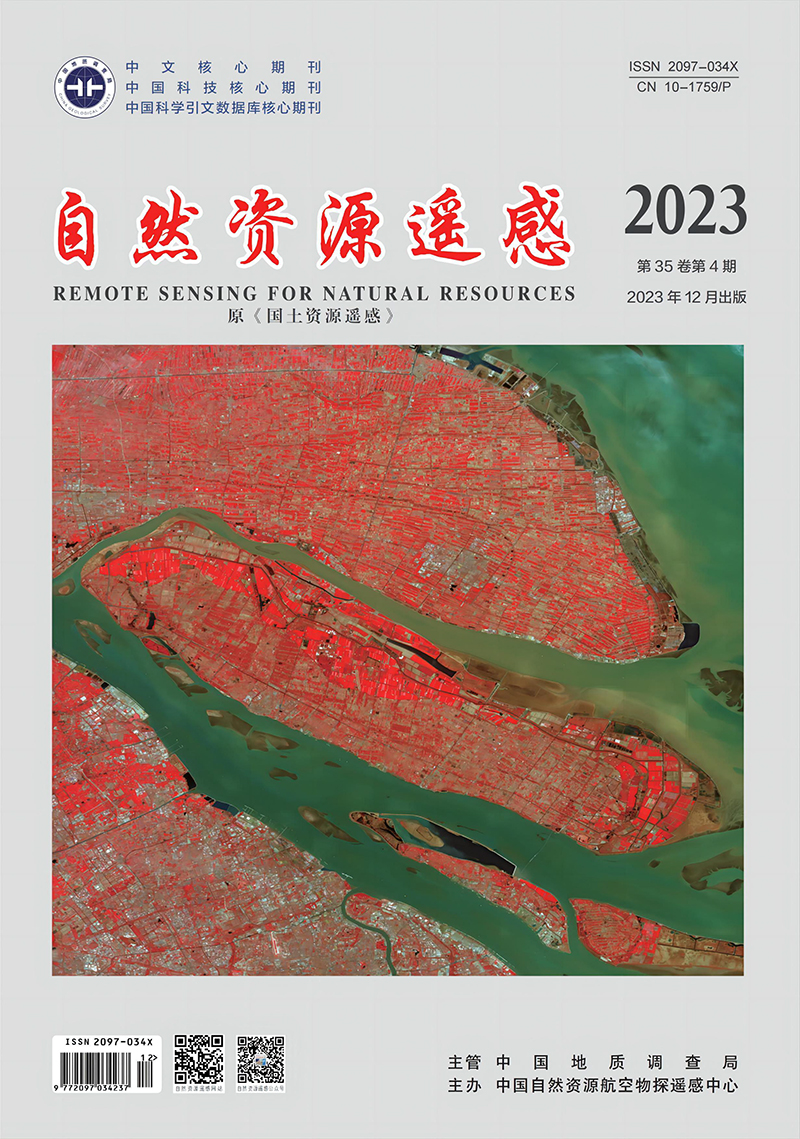CHEN Jian, LI Hu, LIU Yufeng, CHANG Zhu, HAN Weijie, LIU Saisai. 2023. Crops identification based on Sentinel-2 data with multi-feature optimization. Remote Sensing for Natural Resources, 35(4): 292-300. doi: 10.6046/zrzyyg.2022272
| Citation: |
CHEN Jian, LI Hu, LIU Yufeng, CHANG Zhu, HAN Weijie, LIU Saisai. 2023. Crops identification based on Sentinel-2 data with multi-feature optimization. Remote Sensing for Natural Resources, 35(4): 292-300. doi: 10.6046/zrzyyg.2022272
|
Crops identification based on Sentinel-2 data with multi-feature optimization
-
CHEN Jian1,3,
-
LI Hu1,3,
-
LIU Yufeng2, ,
-
CHANG Zhu 1,3,
-
HAN Weijie1,3,
-
LIU Saisai2
-
1. College of Geography and Tourism, Anhui Normal University, Wuhu 241003, China
-
;2. College of Computer and Information Engineering, Chuzhou University, Chuzhou 239000, China
-
;3. Engineering Technology Research Center of Resources Environment and GIS, Wuhu 241003, China
More Information
-
Corresponding author:
LIU Yufeng
-
Abstract
Focusing on Quanjiao County in Chuzhou City, this study determined 90 features, including spectral, traditional vegetation index, red-edge vegetation index, and texture features, from Sentinel-2 satellite data on the GEE platform. This study examined the effects of diverse feature optimization algorithms combined with a random forest classifier on identifying crop planting types in the study area. These algorithms included the random forest-recursive feature elimination (RF_RFE) algorithm, the Relief F algorithm based on Relief expansion, and the correlation-based feature selection (CFS) algorithm. On this basis, this study further analyzed the classification effects of the optimal feature optimization algorithm in various machine learning classification approaches. The study demonstrates that: ① Spectral features proved to be the most crucial for crop identification, followed by red-edge index features, and texture features manifested minimal effects; ② RF_RFE-based remote sensing identification results exhibited the highest accuracy, with overall accuracy of 92% and a Kappa coefficient of 0.89; ③ Under the RF_RFE feature optimization method, the RF’s Kappa coefficient was 0.01 and 0.41 higher than that of the support vector machine (SVM) and the minimum distance classification (MDC), respectively. This indicates that the RF_RFE feature optimization method based on multiple features, combined with the RF algorithm, can effectively enhance the accuracy and efficiency of remote sensing identification of crops.
-

-
-
Access History







 DownLoad:
DownLoad: